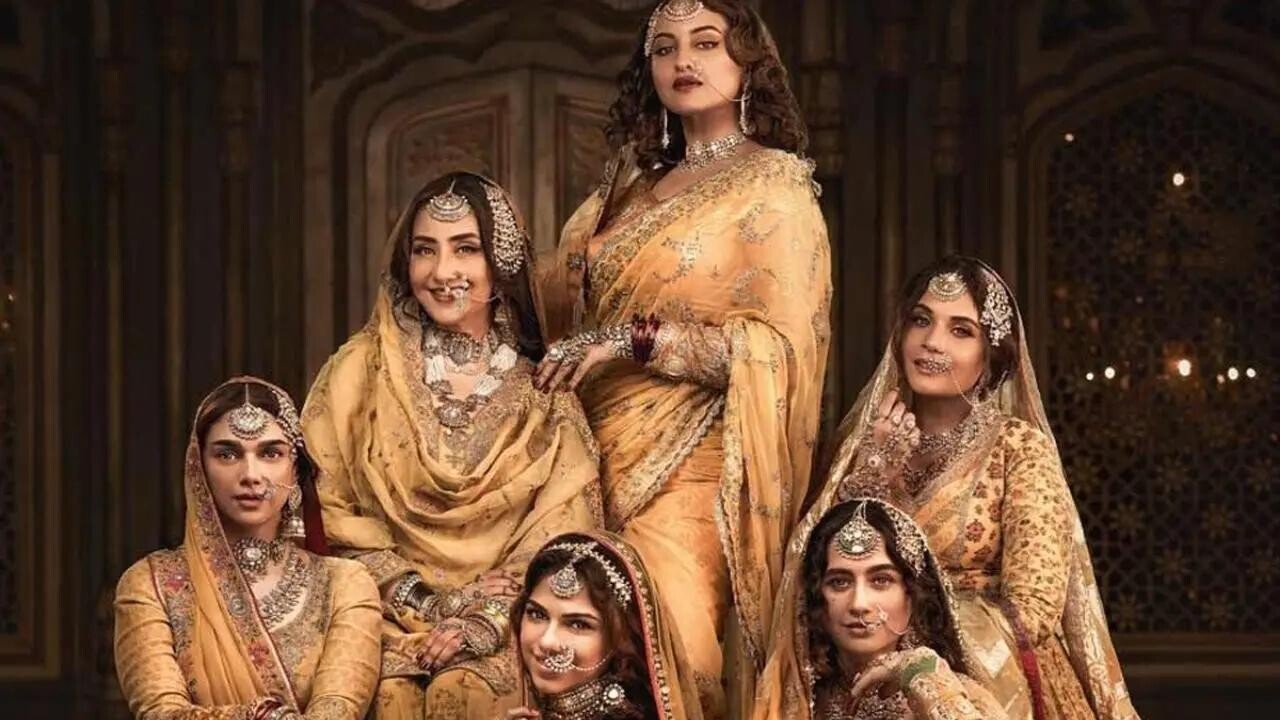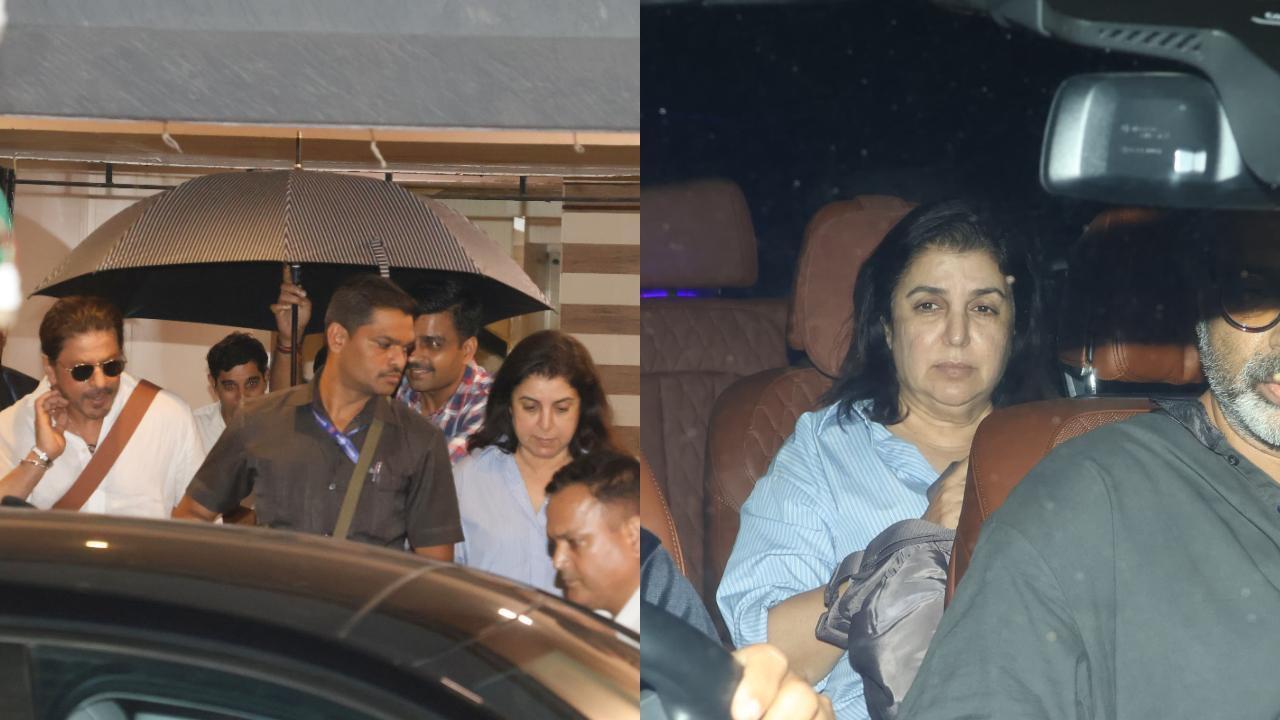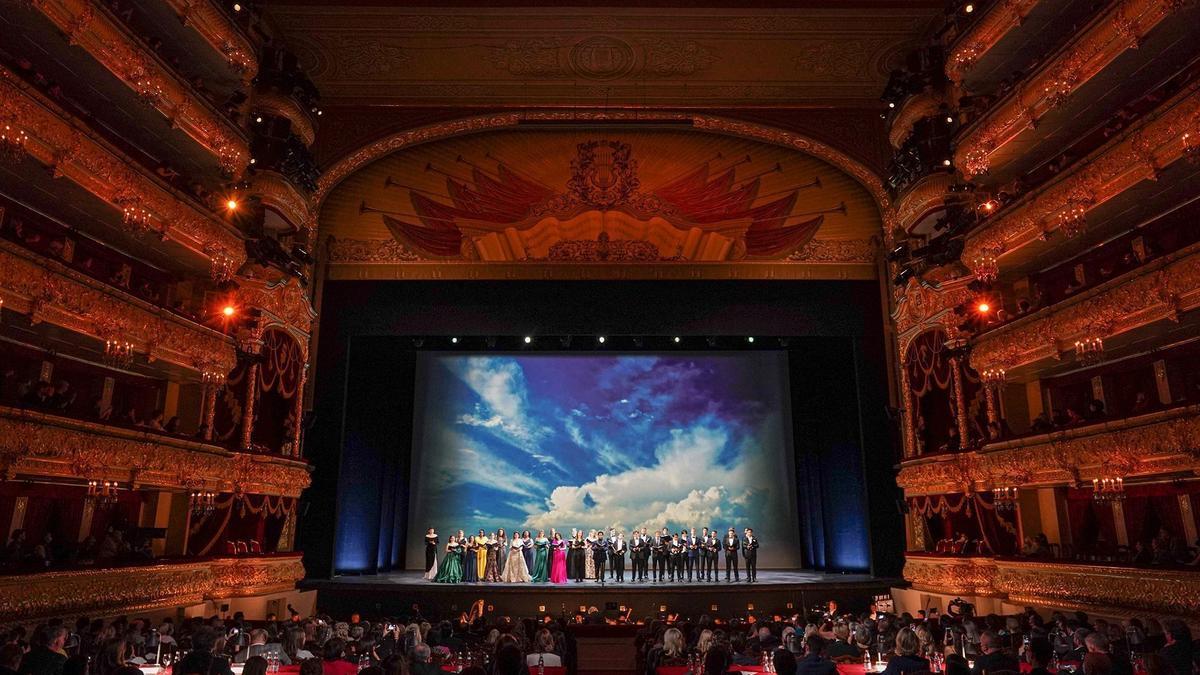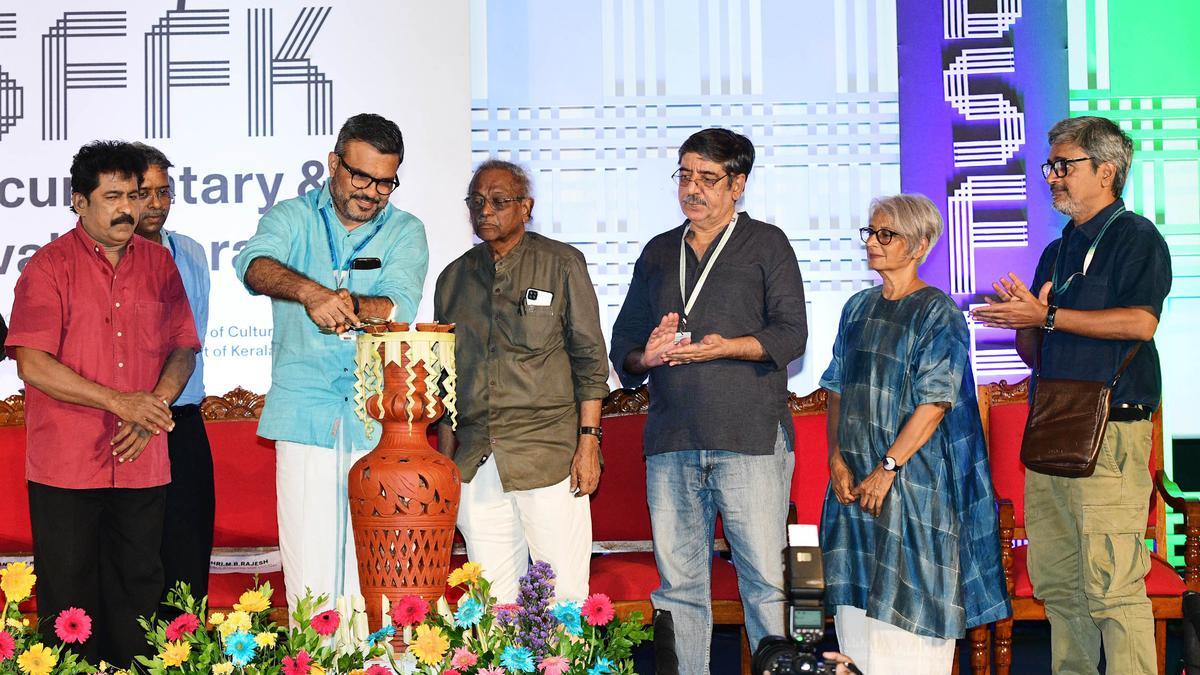
Netflix has recently unfurled the regal tapestry of ‘Heeramandi’, Sanjay Leela Bhansali’s much-anticipated series, taking audiences on an immersive experience through the ancient alleys of pre-partition India. This stunning saga blends the narrative of courtesans prevailing in Lahore with the wider fight for freedom, serving as a canvas for showcasing a fusion of colonial-Indian fashion. Acclaimed for their opulence and meticulous attention to detail, the wards of Bhansali’s creative imagination come alive once more with an ensemble draped in attire that reverberates through time.
Decorated with a reputation for outstanding cinematic visuals, Sanjay Leela Bhansali ensures that the wardrobe of his characters adheres to the authenticity of the era depicted in his works. Deepika Padukone’s golden cream anarkali in ‘Bajirao Mastani’, and the traditional Nauvari Sari donned by Priyanka Chopra are testaments to his commitment to the craft. This signature style resonates throughout his latest period offering in ‘Heeramandi’, carrying forward the grandeur with Manisha Koirala, Sonakshi Sinha, Aditi Rao Hydari, Richa Chadha, Sanjeeda Sheikh, and Sharmin Segal embodied in their characters.
Koirala, portraying her character with a natural aristocracy, commands attention with mere poise. Her entrance is marked by the meticulous application of henna to her feet, a ceremony cut short by an interaction with a British officer brandishing a gramophone—the symbol of innovation at the time. Clad in an ivory-printed outfit, Koirala’s look is masterfully curated with multicolored floral designs that remind the audience of a time where such details were the epitome of luxury.
The elegance of Old Lahore gets a spirited rendition in Sonakshi Sinha’s character as she elegantly graces the screen in “Tilasmi Bahein.” Decked in a breathtaking Chantilly lace saree, every twirl carries the weight of countless sequins, carefully embroidered to echo the Pietra Dura artistry. An emblem of grace with a multi-dimensional appeal reflects on her character’s strength and modern sensibility, accented further in another scene that sees Sinha in a monochrome ensemble gleaming with shades of silvery grey and onyx.
Aditi Rao Hydari’s performance as Bibbojaan is captured not just through her prowess as an artist but also through her wardrobe. In a pivotal scene, she is cloaked in a red Anarkali suit, which, far from just covering her, symbolizes a tumult of emotions—passion, defiance, and liveliness. This garment amidst the scene’s melancholy accentuates the stirring dance and her undeniable dance prowess.
Special mentions must be made of a coordinated display in amber, an aesthetic triumph in the series sculpted to complement the choreography. The soft glow of the amber tones, united with splashes of red, gold, and blue hues, crafted a surreal and memorable vision. Moreover, Richa Chadha’s portrayal, particularly during the heartbreaking appearance at her love interest’s wedding, encapsulates the complexity of her emotions. Her sapphire blue attire radiates with a dual significance, embodying the splendor of a bride but tainted with sorrow and heartache.
Bhansali’s latest narrative odyssey through ‘Heeramandi’ does more than entertain—it invites the onlooker to appreciate the myriad cultural sophistications of an era where India was on the cusp of independence. Through striking costumes and unforgettable storylines, the series reinforces that fashion is not merely about appearance, but also about the tales we can weave through the threads of history. Thus ‘Heeramandi’ stands as a splendid homage to the resilience and finesse of the ‘Lahore ki ranis’, whose legacy is depicted with every fold and drape meticulously curated within the series.










